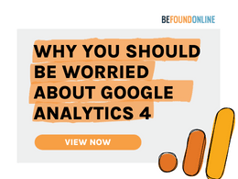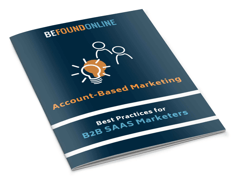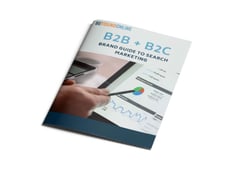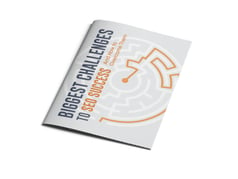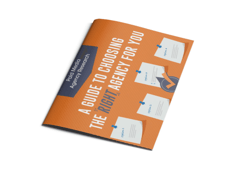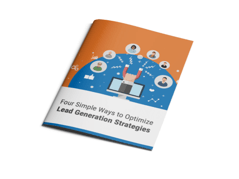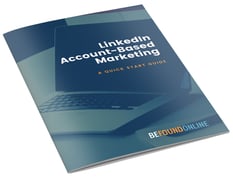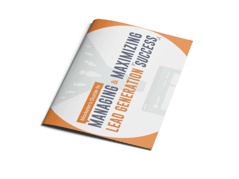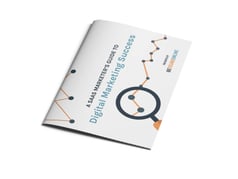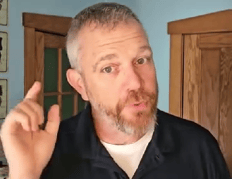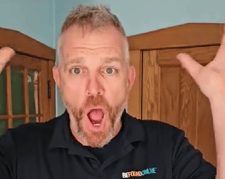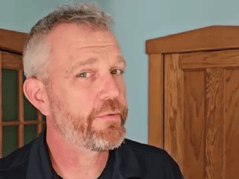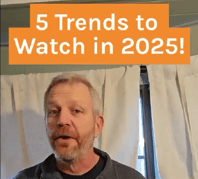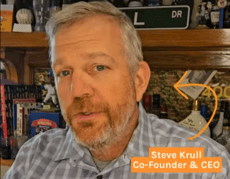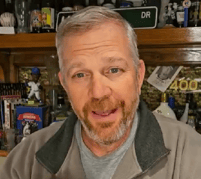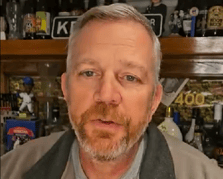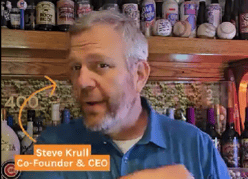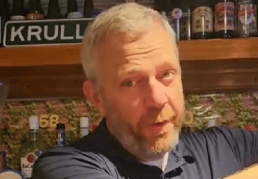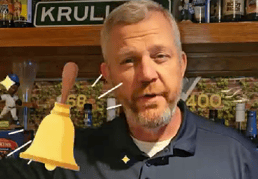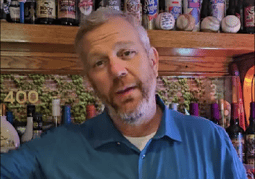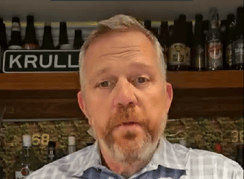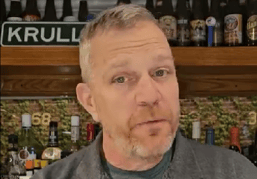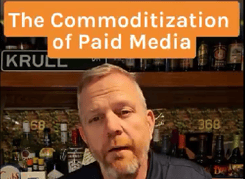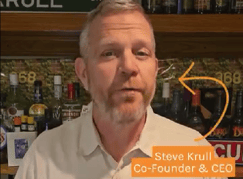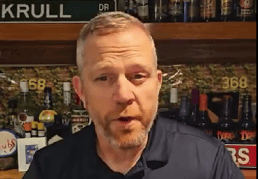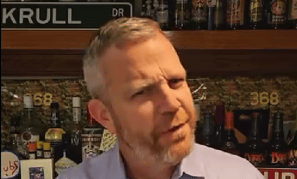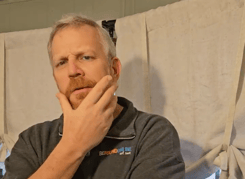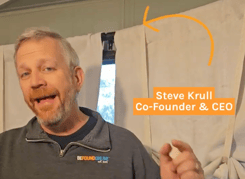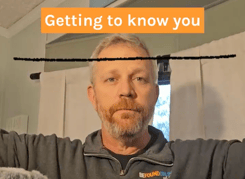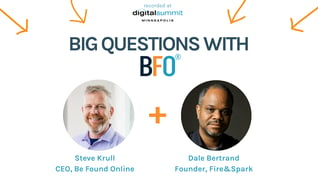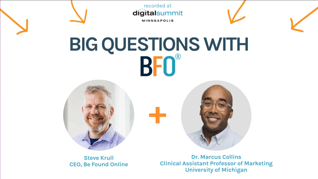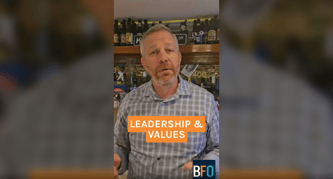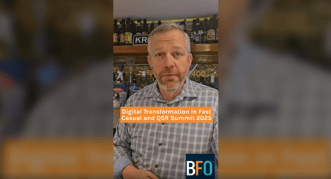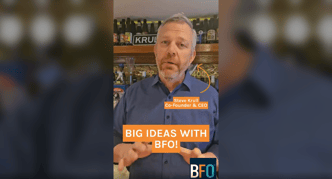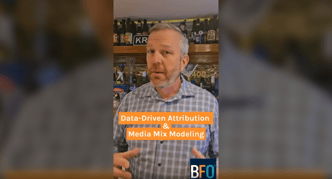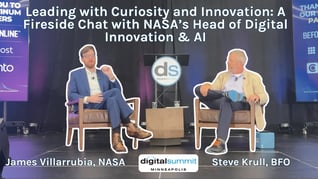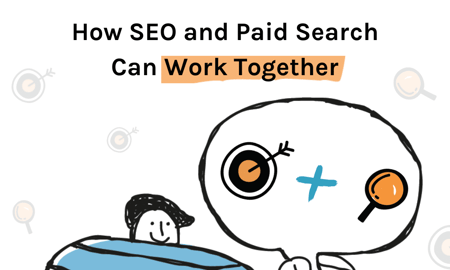
In the ever-evolving world of digital marketing, Search Engine Optimization (SEO) and Paid Search often operate in separate realms. However, when these two strategies collaborate, they can create a powerful synergy that benefits both parties. In this blog, we’ll explore the key points that SEO can learn from Paid Search (and vice versa), and how SEO can create content over high-converting keywords from Paid Search.
What SEO Can Learn from Paid Search
Speedy Insights: Paid Search can quickly gather valuable data on keyword performance. SEO can leverage this data to identify keyword trends and adapt its strategy accordingly. This can be done with a small testing budget at first, to identify competitors, CPC, and general trends on other key metrics. Passing this data to SEO can get the ball rolling on creating evergreen content, getting ahead of the game on upcoming trends.
Structured Organization: Paid Search is known for organizing keywords into structured ad groups. By adopting this approach, SEO can create more relevant and focused content that caters to users’ needs. Ad groups are very similar to the content hub (content pillar) structure of SEO – both strategies group related keywords and target them specifically with either a landing page or an informational pillar piece.
Data-Driven Approach: Paid Search uses data to inform its keyword bidding strategy. SEO can benefit from this by using a similar approach to paid search. Mapping ranking keywords to SEO landing pages to conversions later in the session is one way to get similar data as paid. In addition, once this is mapped, it’s much easier to determine how much an increase or decrease in average position will impact the bottom line.
High-Converting Keywords: By analyzing Paid Search’s high-converting keywords, SEO can create content that targets these valuable terms. This allows SEO to capitalize on the insights gathered from Paid Search campaigns, leading to increased organic traffic and conversions. If you rank for positions 1 and 2 through paid and organic respectively, CTR is shown to increase.
What Paid Search Can Learn from SEO
The Power of Patience: SEO excels at playing the long game, investing in keywords that may not deliver immediate results but lead to long-term success. Paid Search can benefit from adopting a similar approach, focusing on both short-term and long-term keyword opportunities. For instance, investing in terms that may not be widely searched now is a good way to keep CPC low and stay ahead of the pack, potentially securing your number one spot as the go-to for a certain subject.
Compelling Ad Copy: SEO is known for crafting thoughtful, high-quality content that caters to users’ needs (humble brag – this blog is a prime example). By incorporating these principles into ad copy, Paid Search can create more compelling ads that resonate with users. Considering where they are in the funnel is also key. Short tail keywords may be more likely to convert, but also have a wide variety of keyword intents. Addressing these additional intents in your ad copy or landing page is a good way to make sure users stick around and potentially convert later on.
The Beauty of Diversity: SEO thrives on the use of long-tail keywords, showcasing the benefits of targeting diverse search terms. Paid Search can learn from this by exploring long-tail keywords, uncovering untapped opportunities for growth and engagement. These also tend to have lower CPCs and therefore competition, saving you money in the long run.
Site speed: While SEO has been focusing more and more on site speed, it seems like Paid Search has been overlooking the impact of it for quite some time. Now that it is a primary ranking factor for SEO, it makes sense that the SEO team would care, but it also matters just as much (if not even more) for Paid Search both directly and indirectly. Directly, site speed plays a key role in determining landing page experience quality score; which can lead to a subsequent increase or decrease in CPC. Indirectly, site speed plays a role in conversion rate; if a landing page is slow, people exit and go look for another result.
The Power of Collaboration in Digital Marketing
When SEO and Paid Search work together, they can achieve a level of synergy that leads to mutual growth and success. By learning from one another, these two strategies can create a more relevant, user-friendly experience that drives both organic and paid traffic.
By harnessing the power of collaboration, digital marketers can capitalize on the strengths of both SEO and Paid Search to achieve their objectives and provide a seamless, engaging experience for users.
If you’re looking to combine the mighty forces of SEO and Paid Search, feel free to reach out to Be Found Online for a match that’s undefeated!

Curtiss Gulash
When Curtiss is not being a Brewmeister, brewing amazing craft beers at Big Cat Brewing Company, in Cedar, Michigan, he is BFO’s Paid Media Team Lead with a specialty in marketing automotive brands. Curtiss is known for his super-human energy and loves taking a project from start to completion. He understands the world of digital media through and through and manages to juggle multiple curveballs, be a terrific team player, and a super coach to his staff.
CATEGORIES
SUBSCRIBE TO OUR BLOG
Stay up to date with the latest industry best practices in digital marketing!




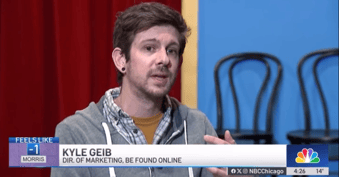



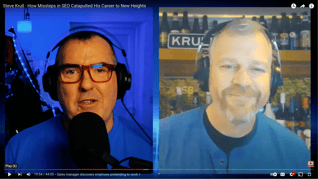

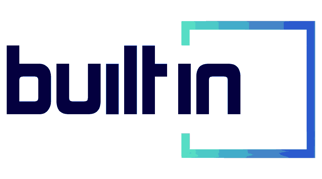

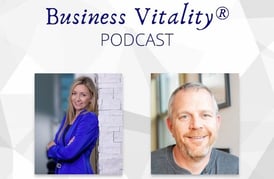
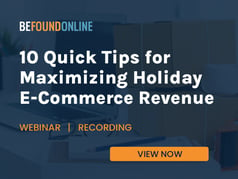
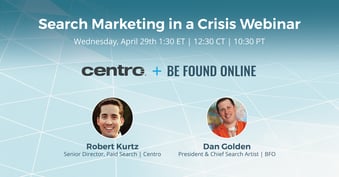
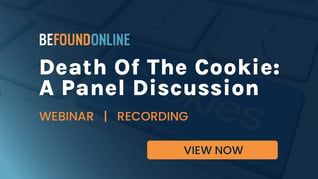
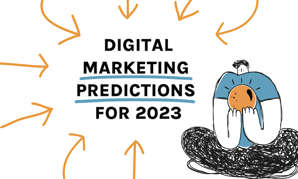
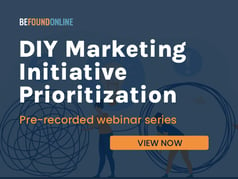
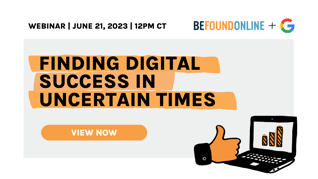
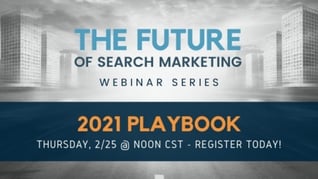
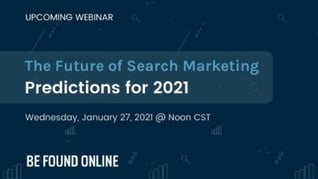

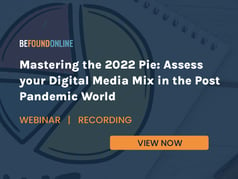
.png?width=339&height=179&name=Webinar%20Banner%20(1).png)
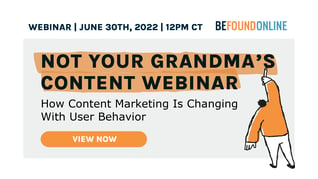
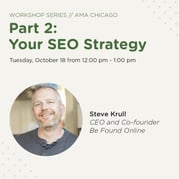
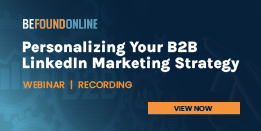
.png?width=339&height=179&name=July%20Webinar%20(Newsletter).png)
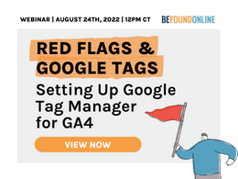
.png?width=339&height=179&name=Webinar%20Banner-April-02%20(1).png)
%20(4).png?width=339&height=179&name=Webinar%20Banner-May-02%20(1)%20(4).png)
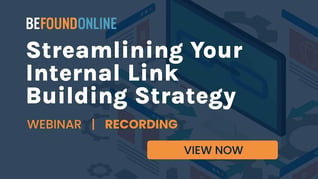
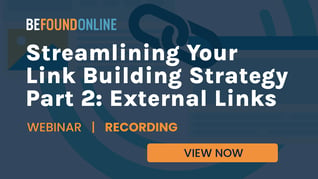
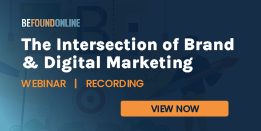
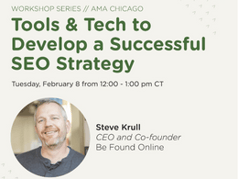
.png?width=339&height=179&name=March%202023%20Webinar%20Ad%20(autoresponder).png)
